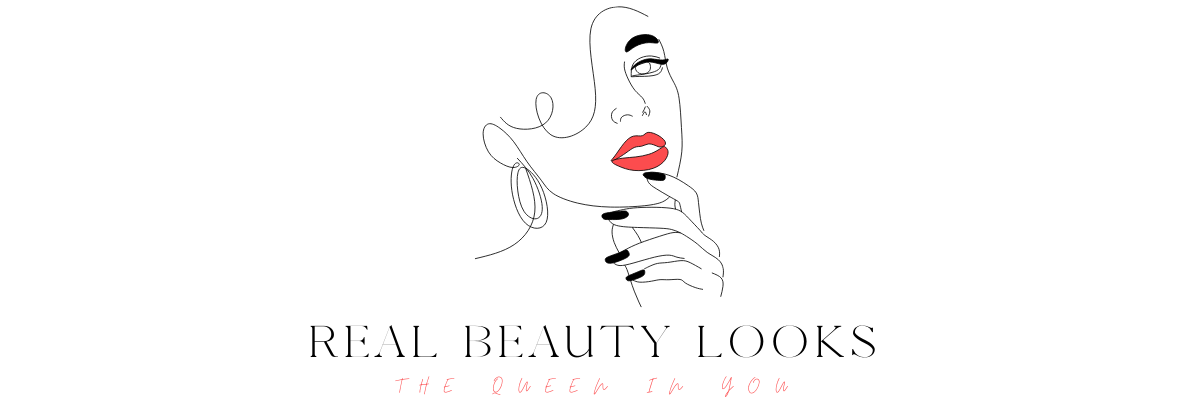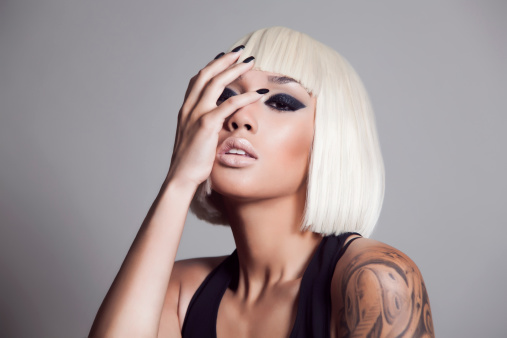
How to own beautiful hair and a healthy scalp at home? Learn 4 great tips from the experts with Real Beauty Looks!

Listen to your hair and scalp

Everyone has a unique hair and scalp condition. However, most of us do not understand our own needs but still choose care products emotionally. In particular, for those experiencing problems such as dandruff, sensitive scalp, and hair loss, using inappropriate products makes those problems prolonged, untreated, or even become more serious. So how to recognize and understand the condition of your hair and scalp?
Firstly, observe daily manifestations such as the oily scalp, itching, dandruff, or damp hair. What styling methods have you used (such as bleaching, dyeing, straightening)? How often do you heat and style without using previous protection methods? How is your scalp and hair care routine? Your surroundings are having problems such as pollution, dust, etc. These simple questions are the key to decipher the cause and condition of your hair and scalp.
Second, you can seek expert advice at reputable and professional salons. With specialist knowledge, professionals can diagnose hair and scalp conditions with specialized hands and combs. However, humans cannot see the texture inside the hair shaft, the oil glands, and the capillaries on the scalp. For this reason, the world’s leading professional haircare brand – Kérastase, has launched the most modern and specialized scalp and hair scanner with the ability to magnify 200 times. In particular, the results are reflected directly on the screen, helping Kérastase experts give accurate advice. Moreover, customers can observe and monitor the condition of their hair and scalp by themselves.
Professional hair and scalp care routine

Step 1: Clean
There will usually be two separate shampoos for professional hair care products: Scalp shampoo and hair shampoo. Scalp shampoos are specially formulated to treat problems such as sensitive scalp, oily scalp, dandruff, or hair loss. Hair shampoos are produced for all hair needs: Dry hair, frizzy hair, damaged hair, dyed or permed hair.
Shampoos need to be melted on hands before applying to wet hair, then be created in foam and exposed to the scalp. In addition, do not scratch the scalp; only gently massage for 2-5 minutes to avoid scalp damage and avoid stimulating excessive sebum secretion, making hair and scalp quickly sticky. Be sure to rinse thoroughly with water.
Step 2: Nourishing
In step 1, the shampoo opens the cuticle on the hair to clean it deep inside, so after using it with a professional shampoo, you will feel rough when touching your hair. Therefore, conditioner is vital to bring nutrients into the hair shaft, close the cuticle to help smooth hair, and store nutrients inside. Remember to rinse with clean water!
It would help if you used a mask/steaming oil once a week instead of conditioner to increase nutrients and help deeply restore hair.
Step 3: Treatment
For those experiencing scalp problems or needing to increase hair density or anti-aging, you should use serums and essences. Regularly use according to the instructions, and only use when the scalp is clean, preferably after washing.
Step 4: Beautify and protect against heat impact
There are many choices for you in this step: Lotion, conditioner, essential oil, depending on the needs of the scalp and hair to choose the most suitable product. When your hair is wet, using a conditioner also helps your hair dry faster and protects your hair from the heat from the hairdryer.








